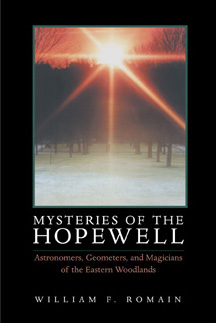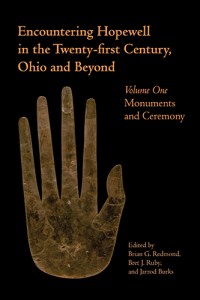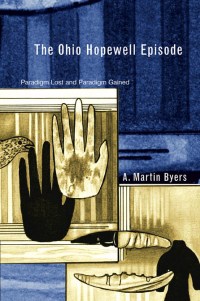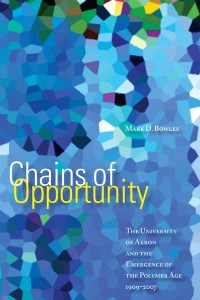Description
Buried beneath today’s Midwestern towns, under several layers of earth and the accumulated debris of two thousand years, are the clues to an ancient mystery. A Native American people, now known as the Hopewell, lived and worked these lands, building earthworks which in some instances dwarf the ruins at Stonehenge. More significantly, these mammoth earthworks were built in different geometric shapes, using a standard unit of measure and aligned to the cycles of the sun and the moon.
Using the foundation of existing scholarship, Mysteries of the Hopewell presents new discoveries showing the accomplishments of the Mound Builders in astronomy, geometry, measurement, and counting. William Romain then goes one step further to theorize why generations of people toiled to move millions of tons of earth to form these precise structures, joining the ranks of the Egyptians, Mayans, Greeks, Chinese, and other advanced ancient cultures.
William Romain’s Mysteries of the Hopewell will appeal to many readers, including anthropologists, mathematicians, and historians, but perhaps especially to readers curious about ancient cultures and seeking explanations for these magnificent earthen structures.
Well-written and thought-provoking, William Romain’s Mysteries of the Hopewell is a significant contribution to the literature surrounding the most advanced of America’s prehistoric peoples north of the Aztec Empire and the effort to find meaning in their impressive geometric earthworks and exotic artifacts. The book is recommended reading for all those interested in American prehistory, both professional and avocational.
—Phillip Shriver, PhD, President Emeritus, Miami University
Romain’s book represents one of the few recent attempts to present a comprehensive and unified perspective on the great mounds and enclosures. . . . [T]his will be an important reference for many years to come.
—Bradley T. Lepper, PhD, The Ohio Historical Society
Mysteries of the Hopewell provides a fresh approach to Hopewell studies that both expands and challenges our understanding of the premier prehistoric architects of the Ohio Valley.
—Robert Connolly, PhD, Archeologist, Poverty Point Commemorative Area






